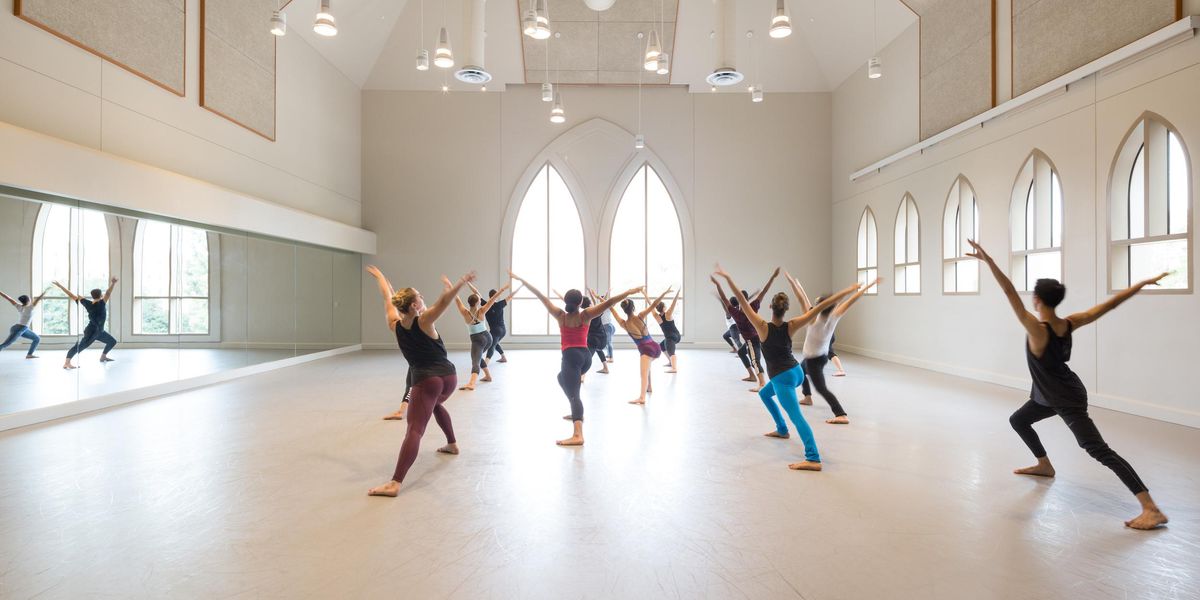Your Body: Water Works
Hubbard Street II’s Felicia McBride started swimming as part of her rehab for stress fractures. “After a long day of dancing,” says McBride, “swimming rebalances my body. It lubricates everything; it’s like putting oil back in my hinges.”
Before you hit the pool, it’s a good idea to freshen up your technique. Total Immersion Swimming (www.totalimmersion.net) is a tried-and-true instructional method to improve your stroke. When you swim, try to switch between strokes as you do laps. Each has something to offer a dancer in terms of movement intelligence. Freestyle (front crawl) emphasizes the basic spiral underlying all locomotive movement. Backstroke opens the chest and awakens the cervical spine and pectoral region, while breaststroke activates the back extensor muscles, which allow you to arch and bend backwards.
Swim for Stamina
Although running increases aerobic capacity, it can be hard on dancers’ already stressed joints and muscles. “Swimming’s regulated breathing pattern leads to an increased oxygen intake,” says Ballet Memphis’ physical therapist Lee Kelly. “The heart rate decreases, so in order to compensate, there is an increase in the volume of blood pumped in each beat, which provides improved cardiac output.”
Dancers can feel the benefits in greater endurance and power. The water’s resistance also helps to tone muscles, providing an anabolic workout. Pool time helped Colorado Ballet soloist Adam Still deal with the relentless pace of dancing the Chosen One in Glen Tetley’s The Rite of Spring. “Swimming beats running because of the huge anabolic effect it has,” says Still, a former competitive swimmer.
Relieve Back Pain
A recent study from Japan suggests that an aquatic exercise program of swimming and walking in a pool reduced low-back pain. Working against the water strengthens core muscles, which helps relieve back strain. “For trunk and extremity strengthening, the crawl is excellent because it works on muscle coordination with the opposite arm and leg,” says Kelly.
There’s also a novel stretching aspect to the sport. As the reach of your arm travels through the body into the pelvis, it creates a chain reaction throughout the body. “Flexibility is worked by a lengthening of the body, rotation motion, and exercising in an enviroment with no gravity,” adds Kelly.
Escape Stress
Swimming’s meditative aspect gives dancers a chance to decompress. The body is buoyant, which permits you to relax your muscles and joints. The water offers a feeling of total isolation as well. “The silence when you go underwater is hard to beat,” says Still. “Ballet is high-impact and swimming is almost like zero gravity.” McBride agrees that swimming can be an escape. “It gives me the peace and quiet to figure things out. I always leave the pool feeling renewed.”




